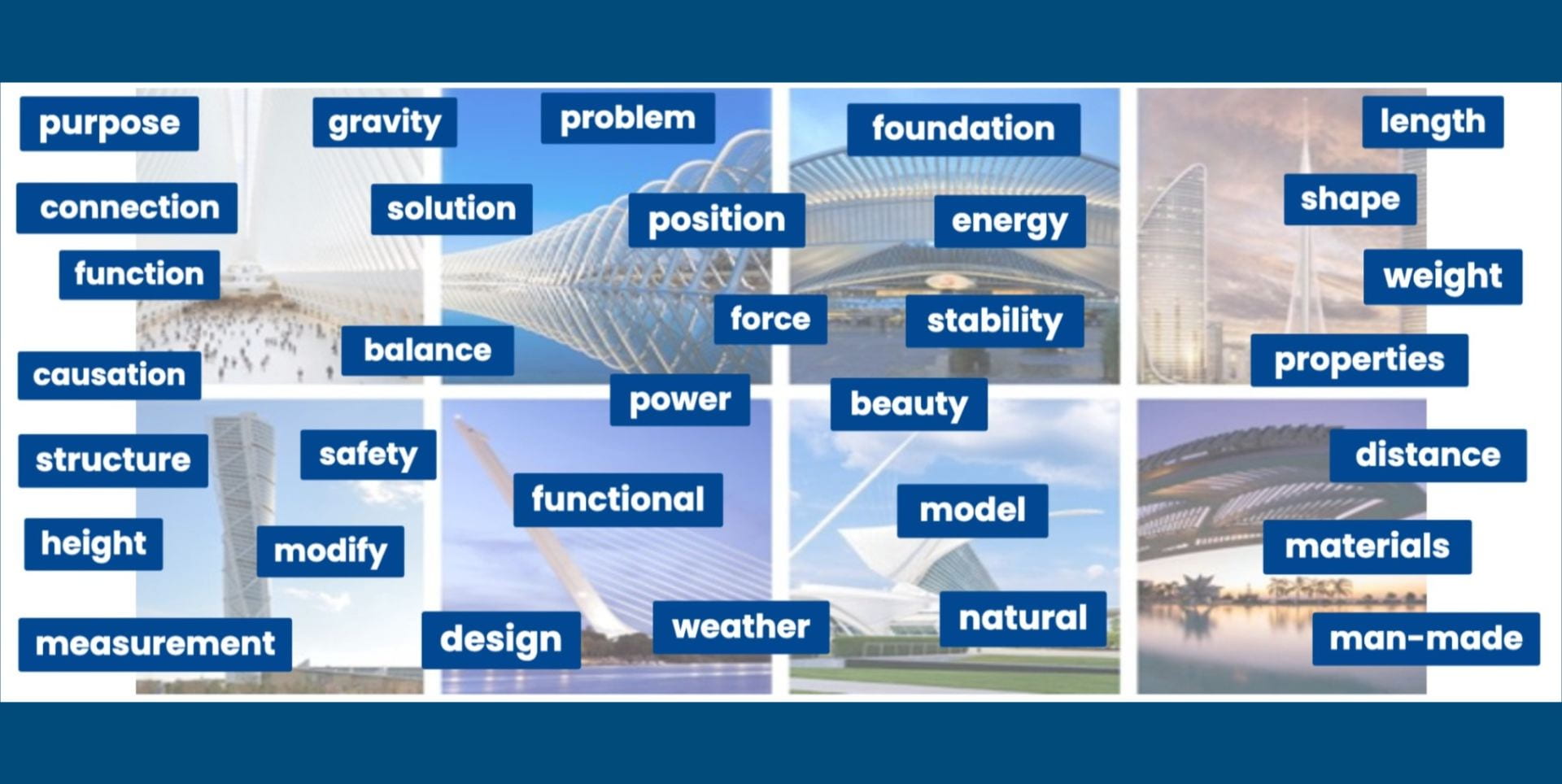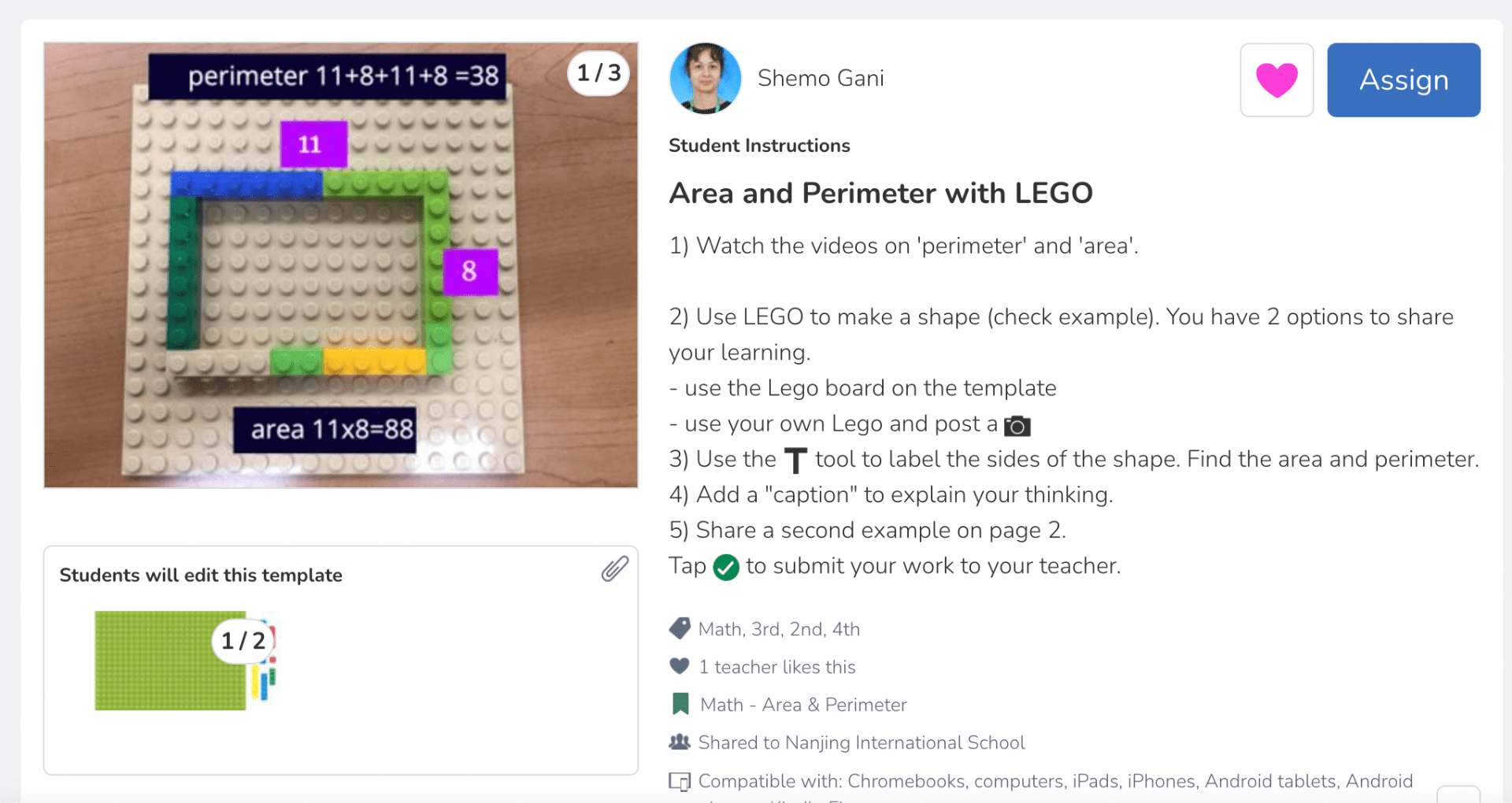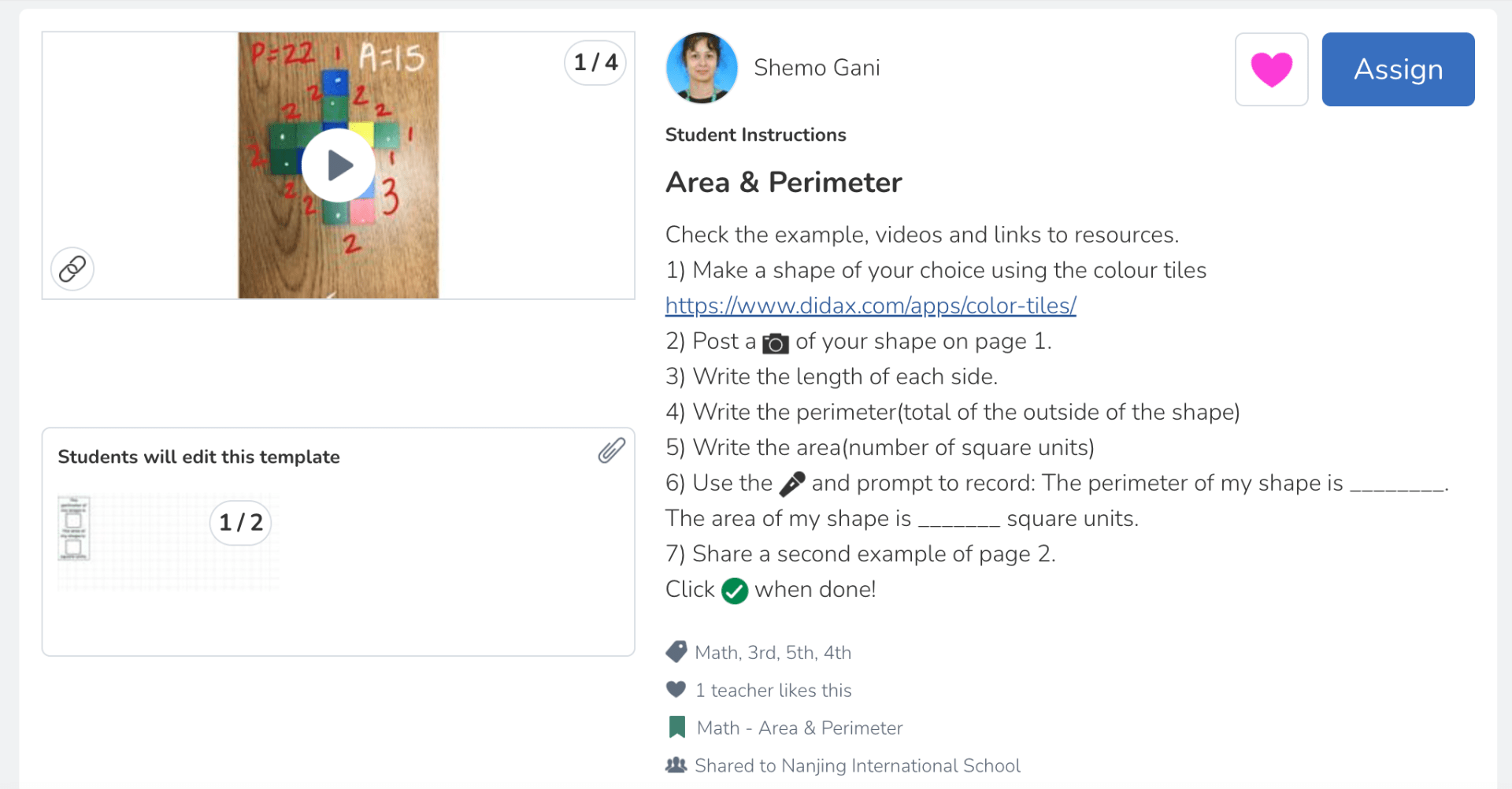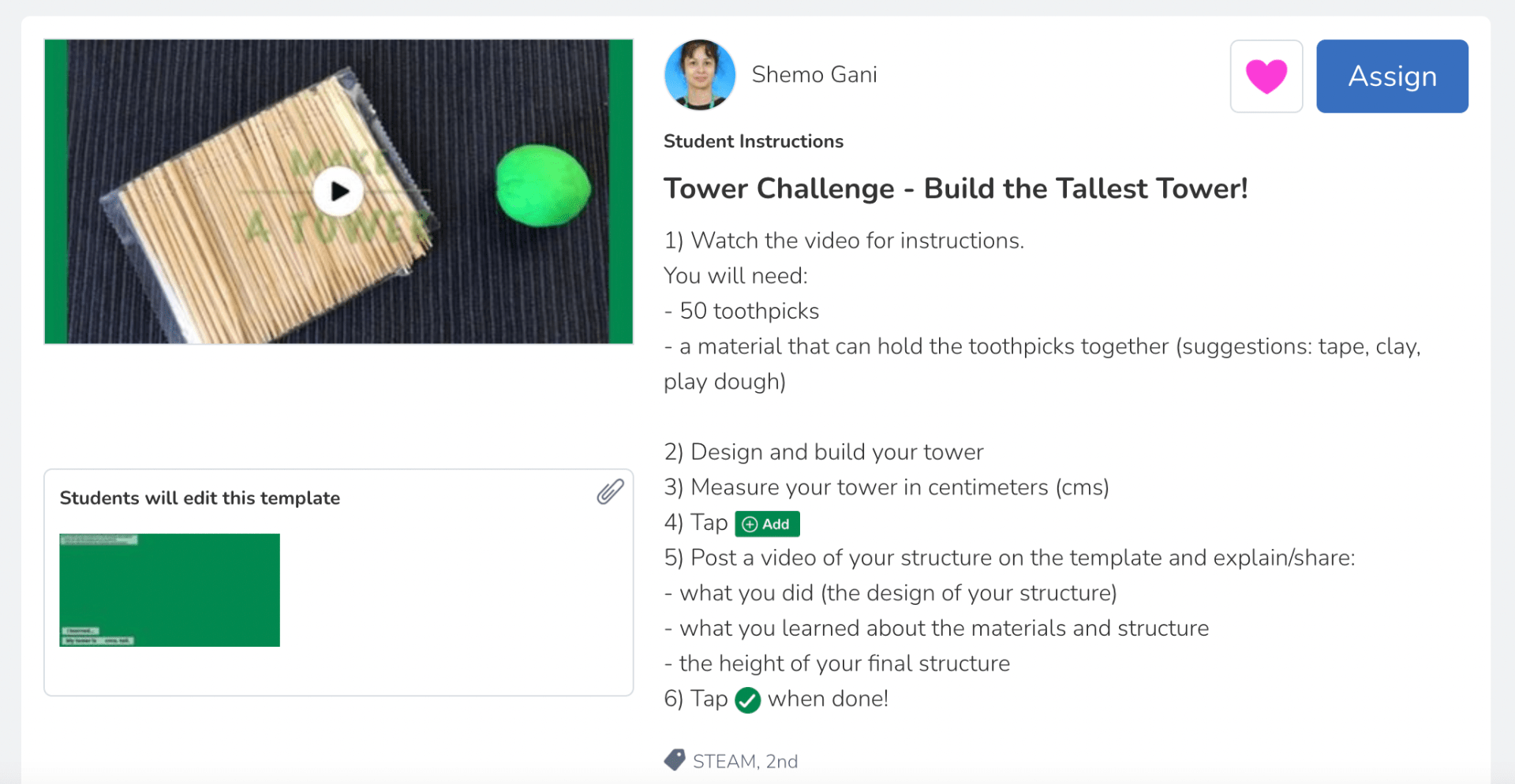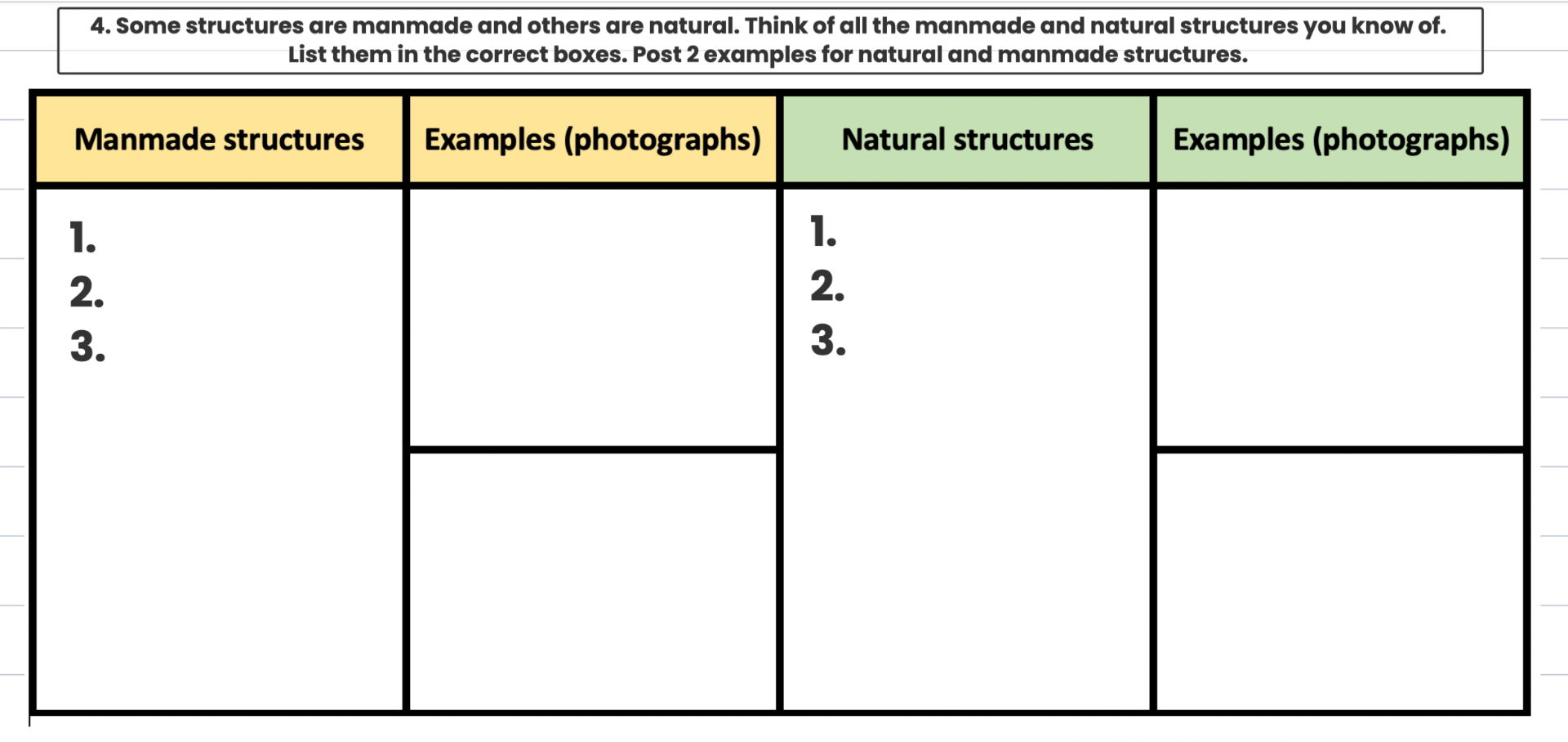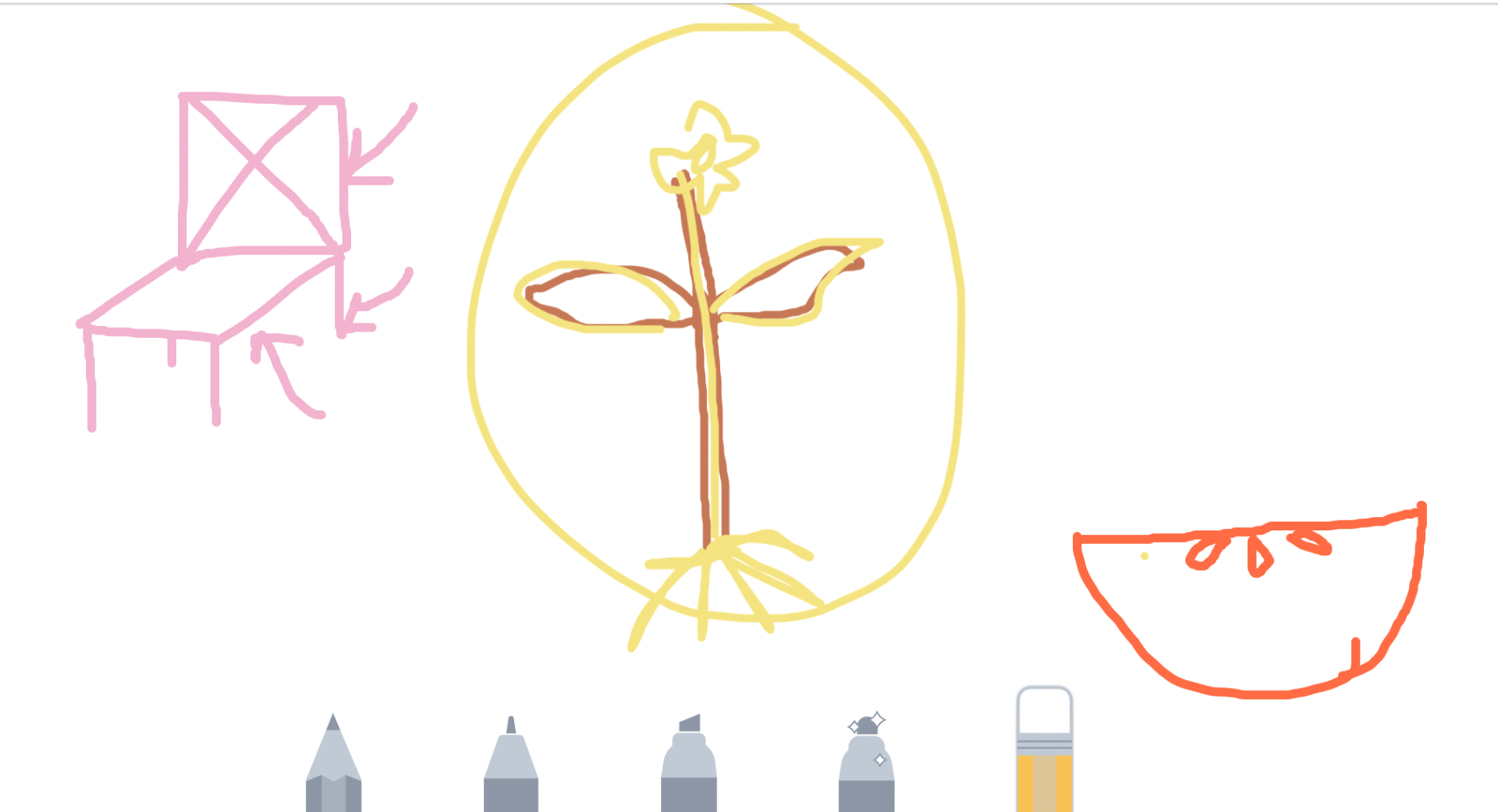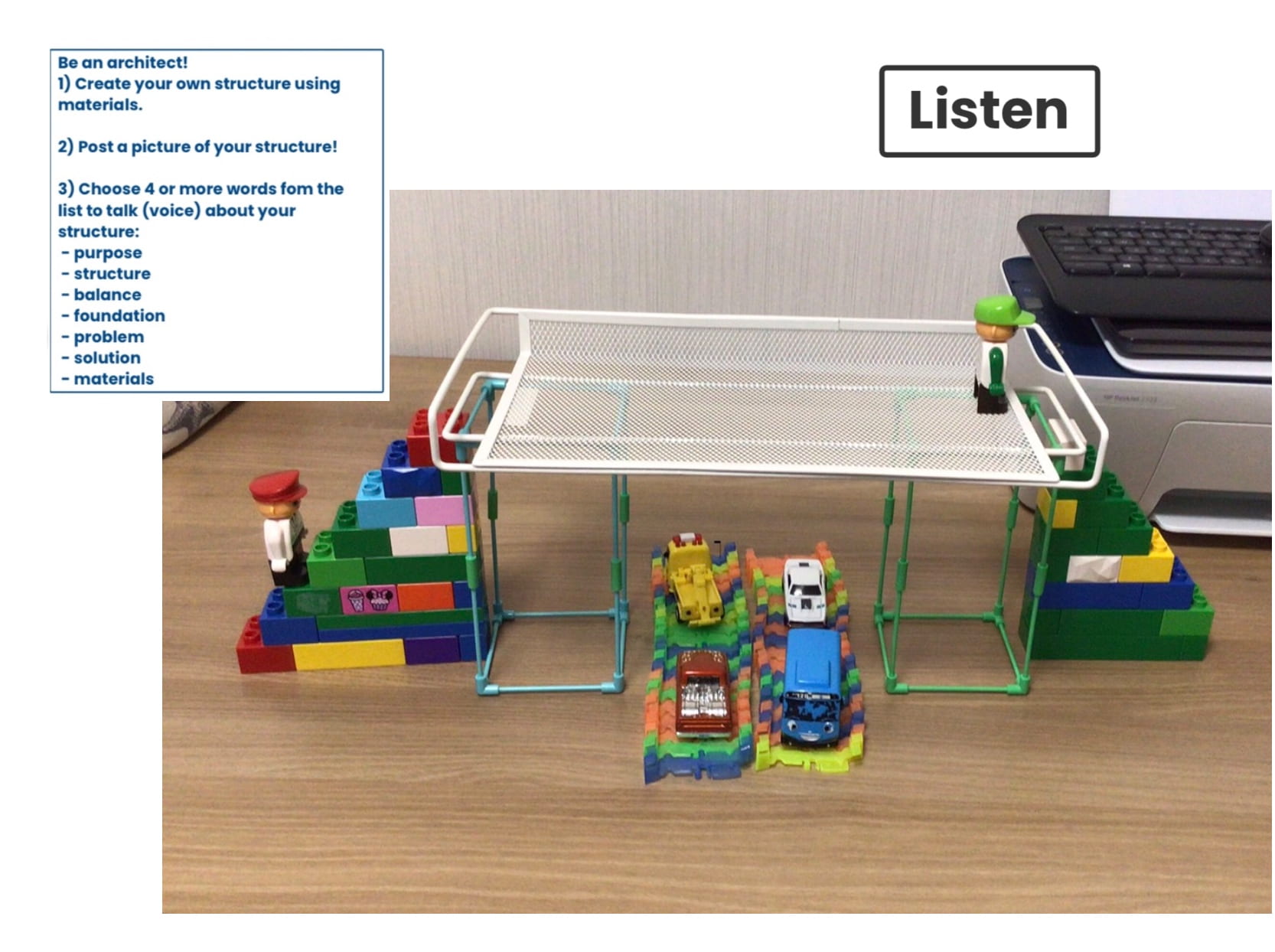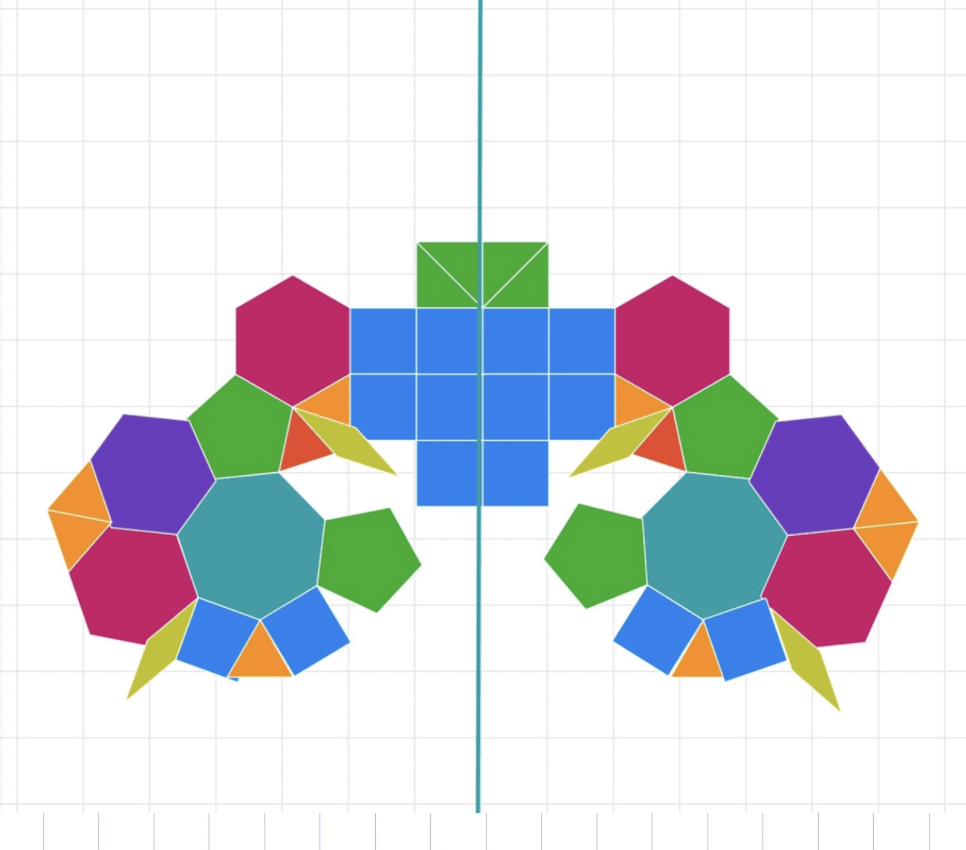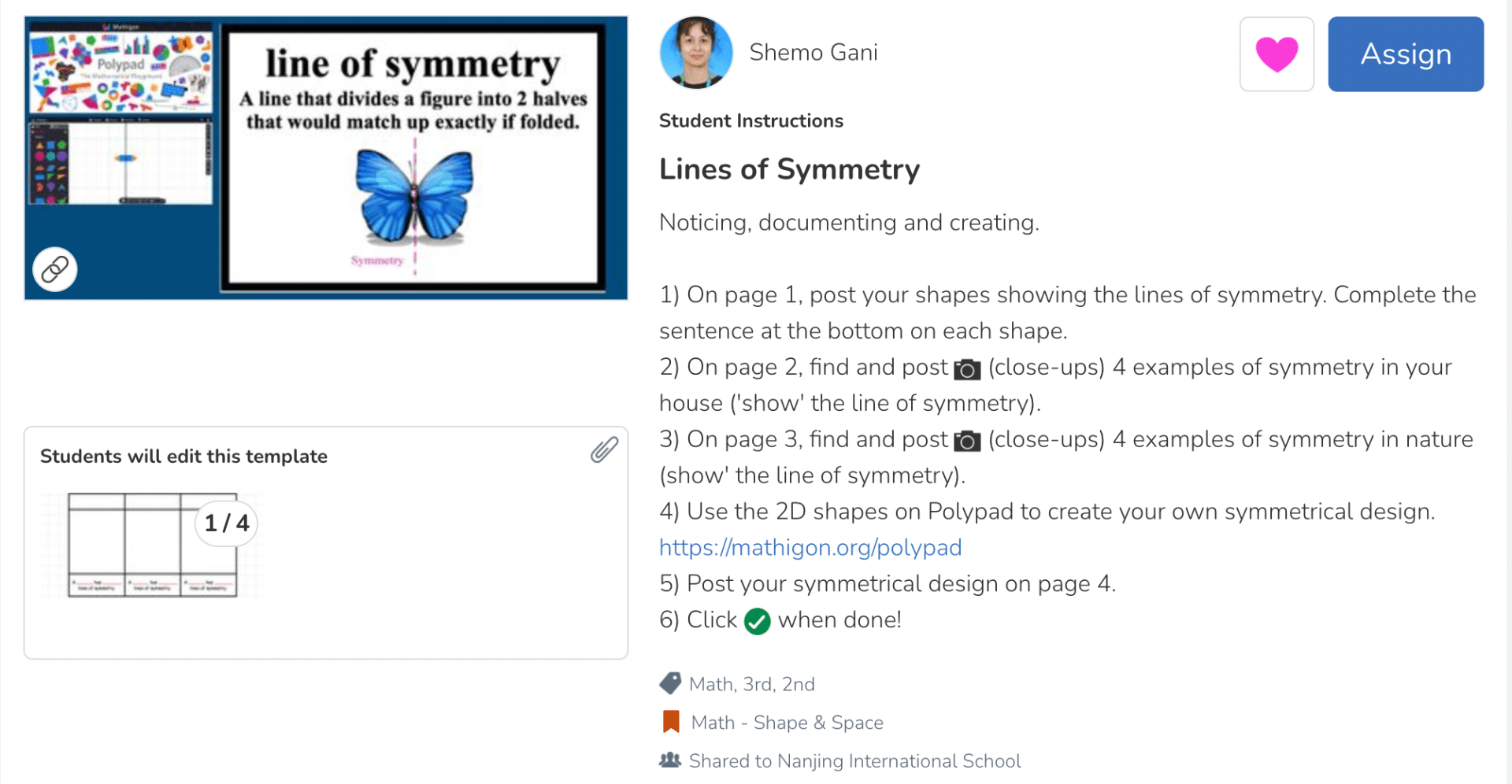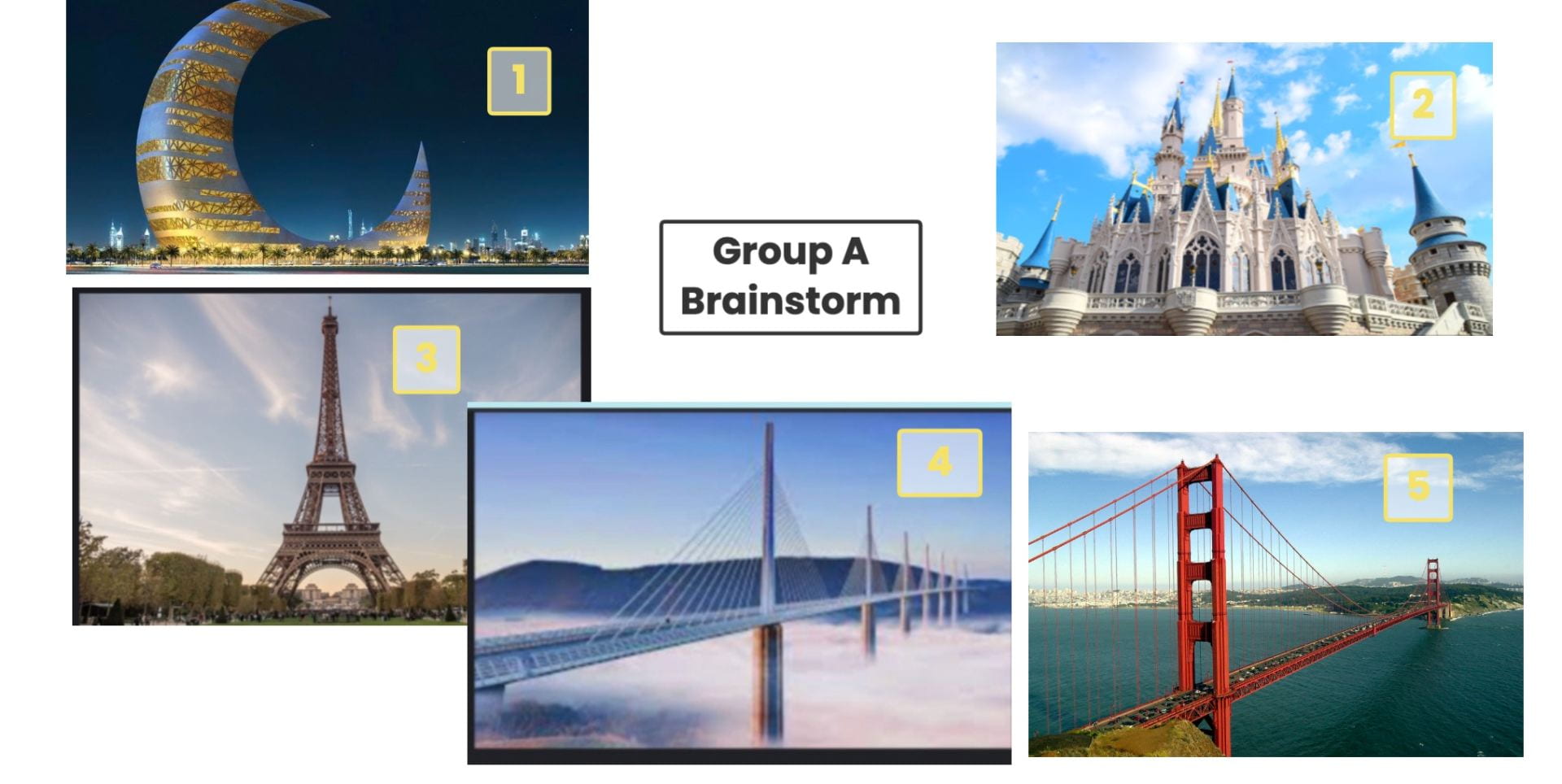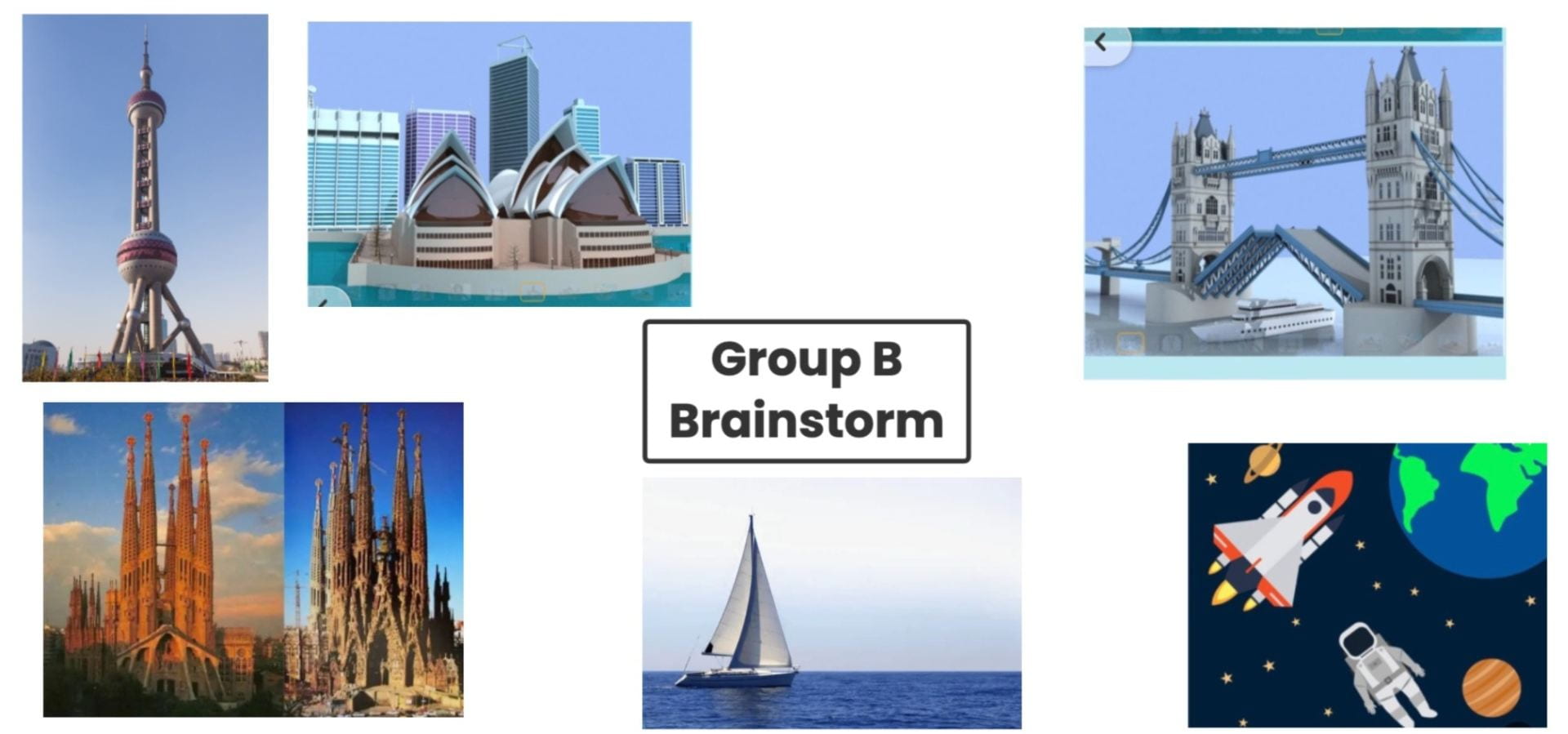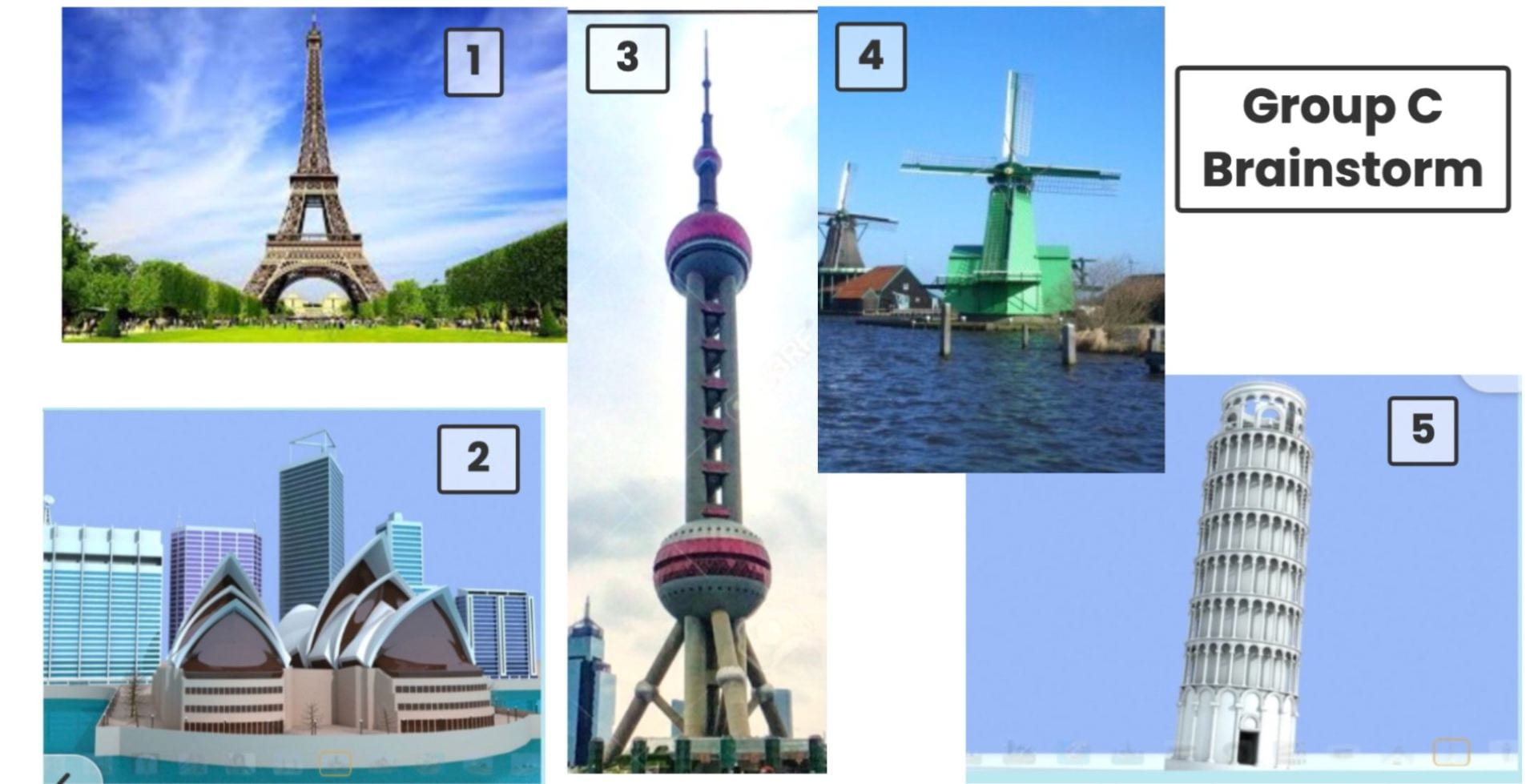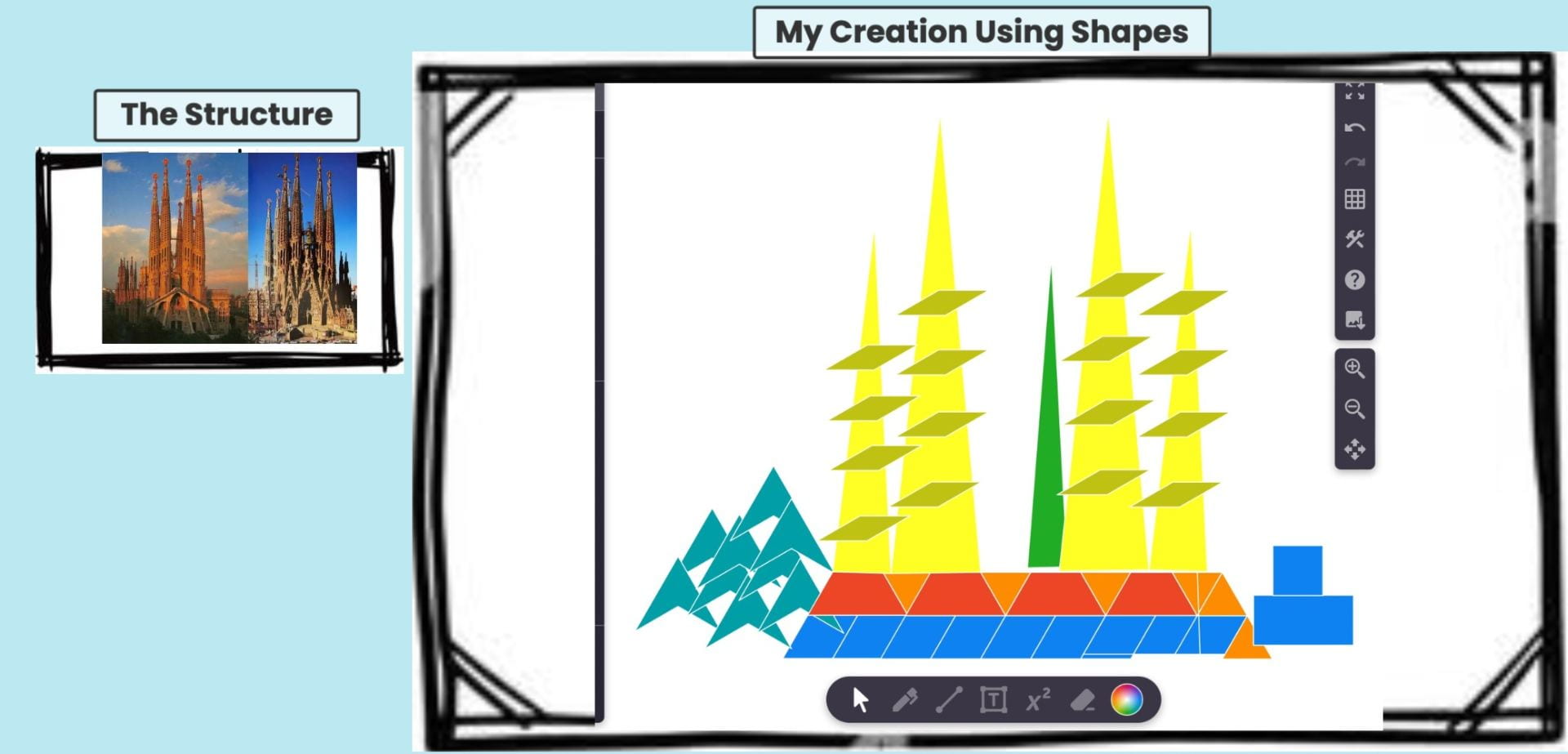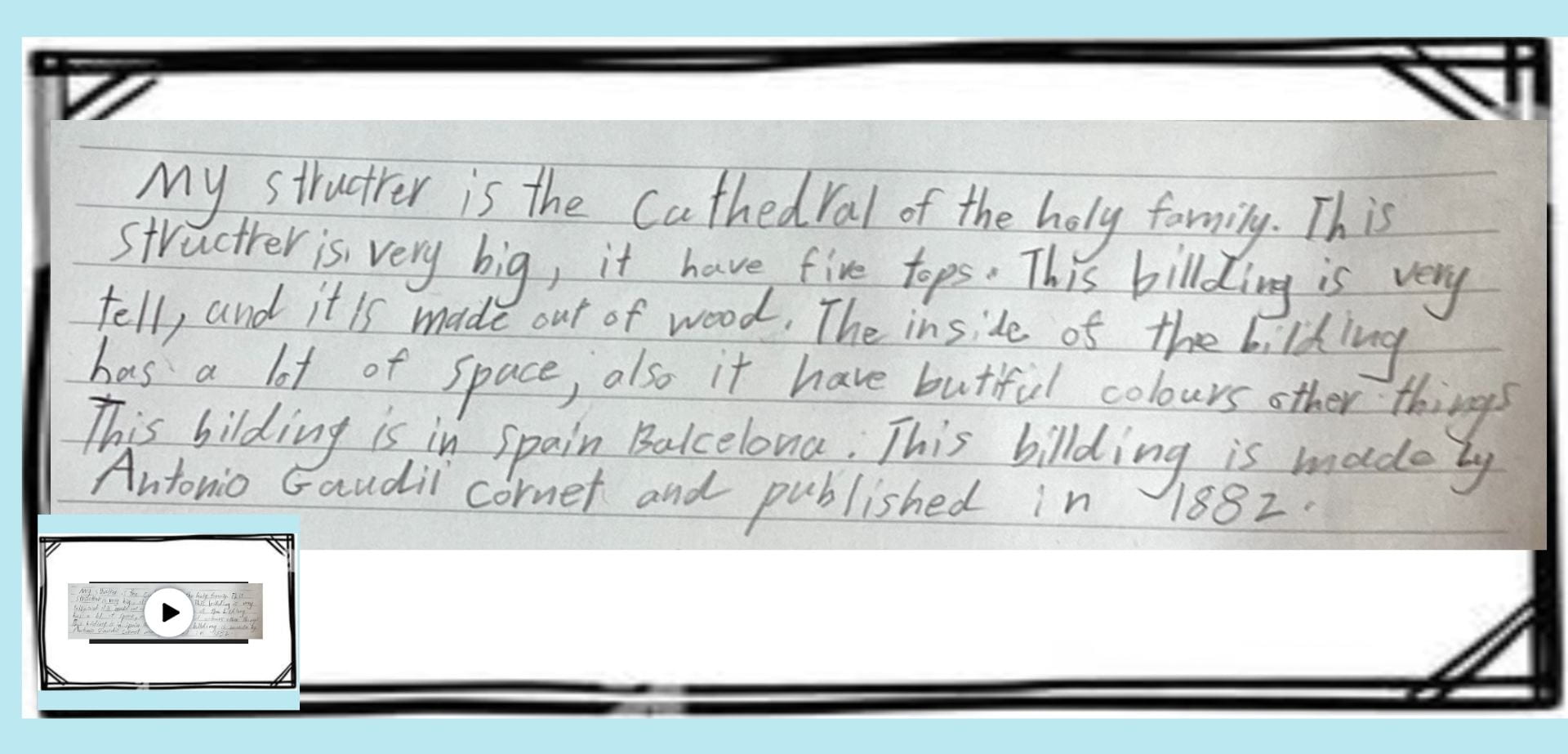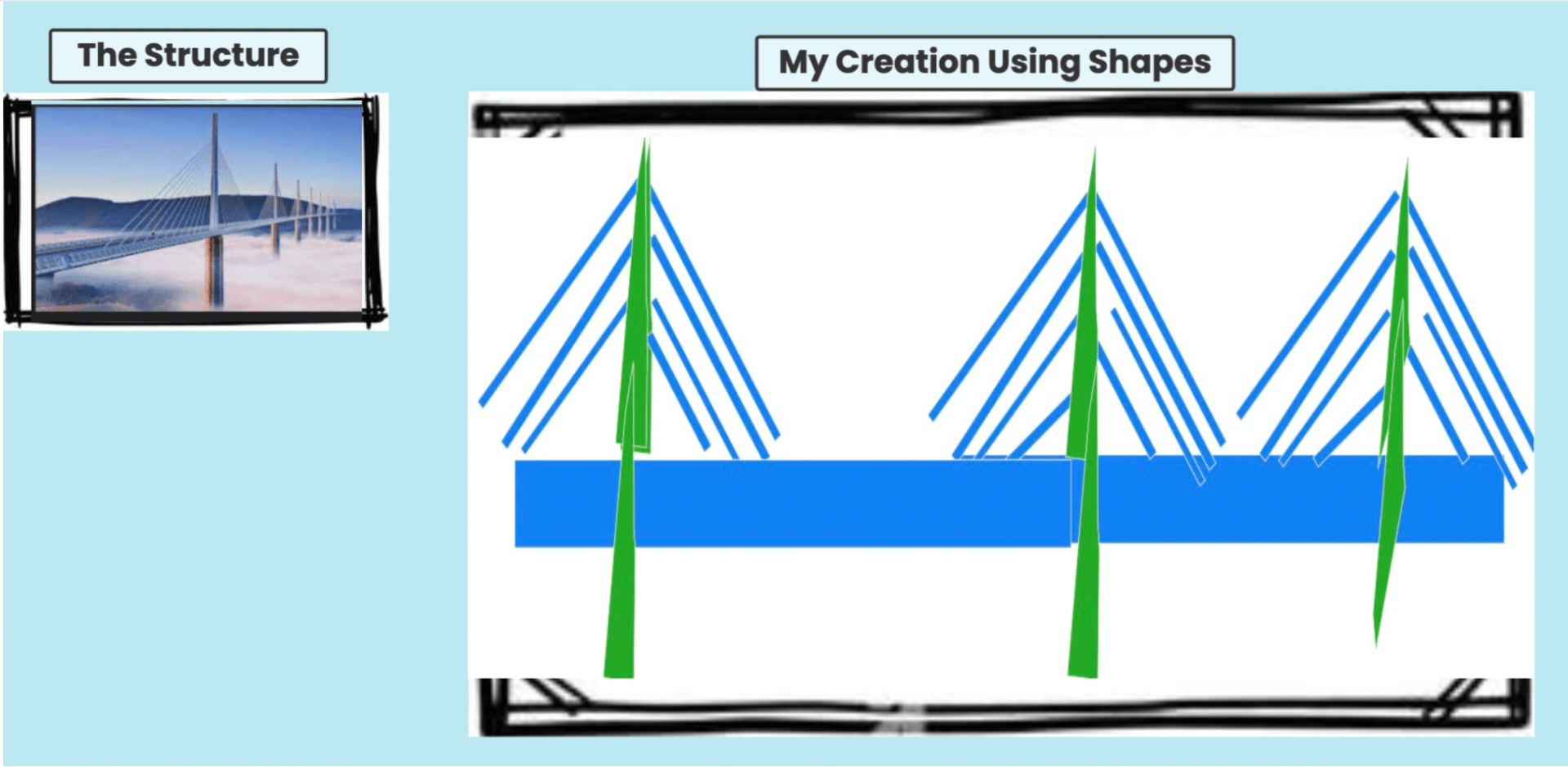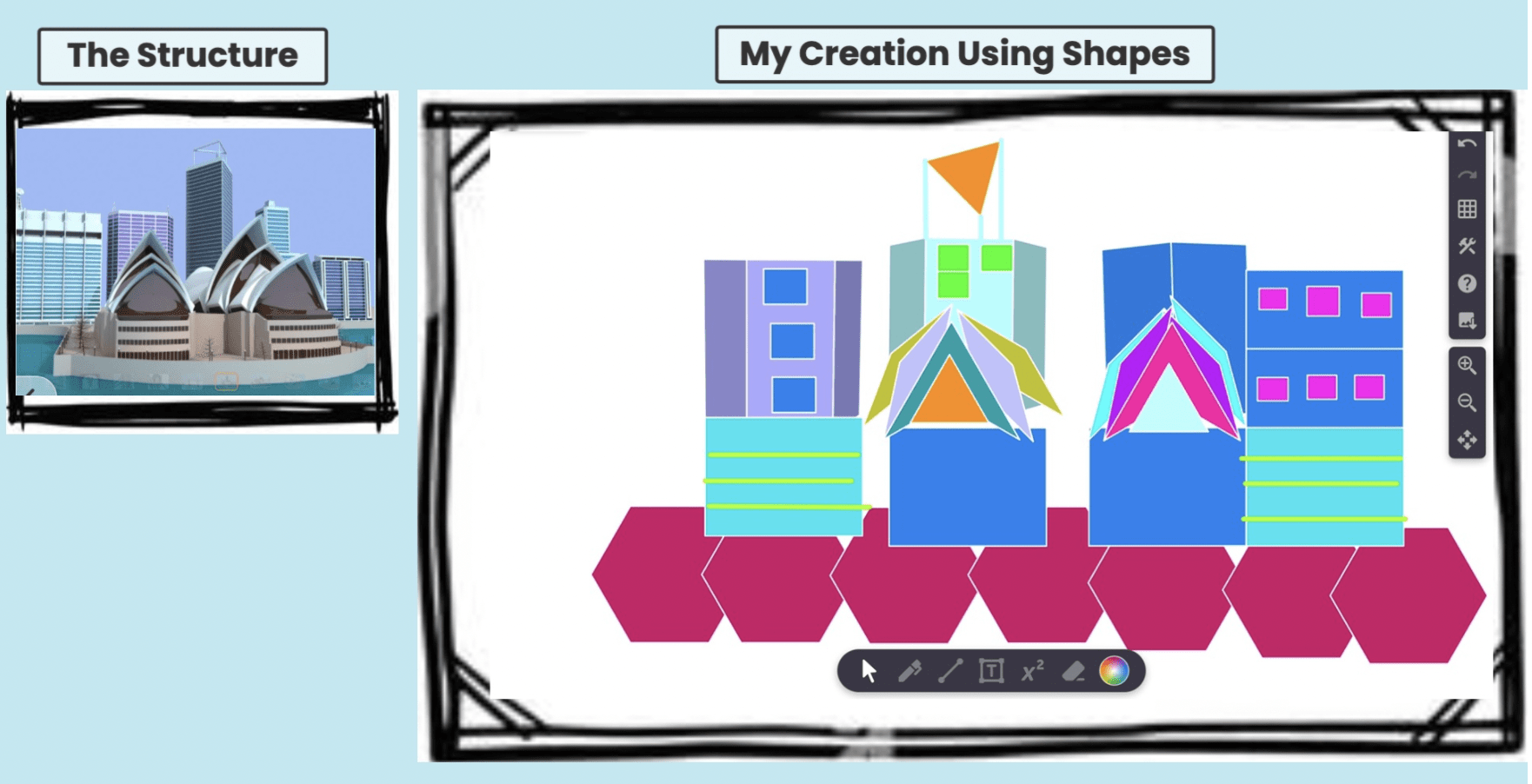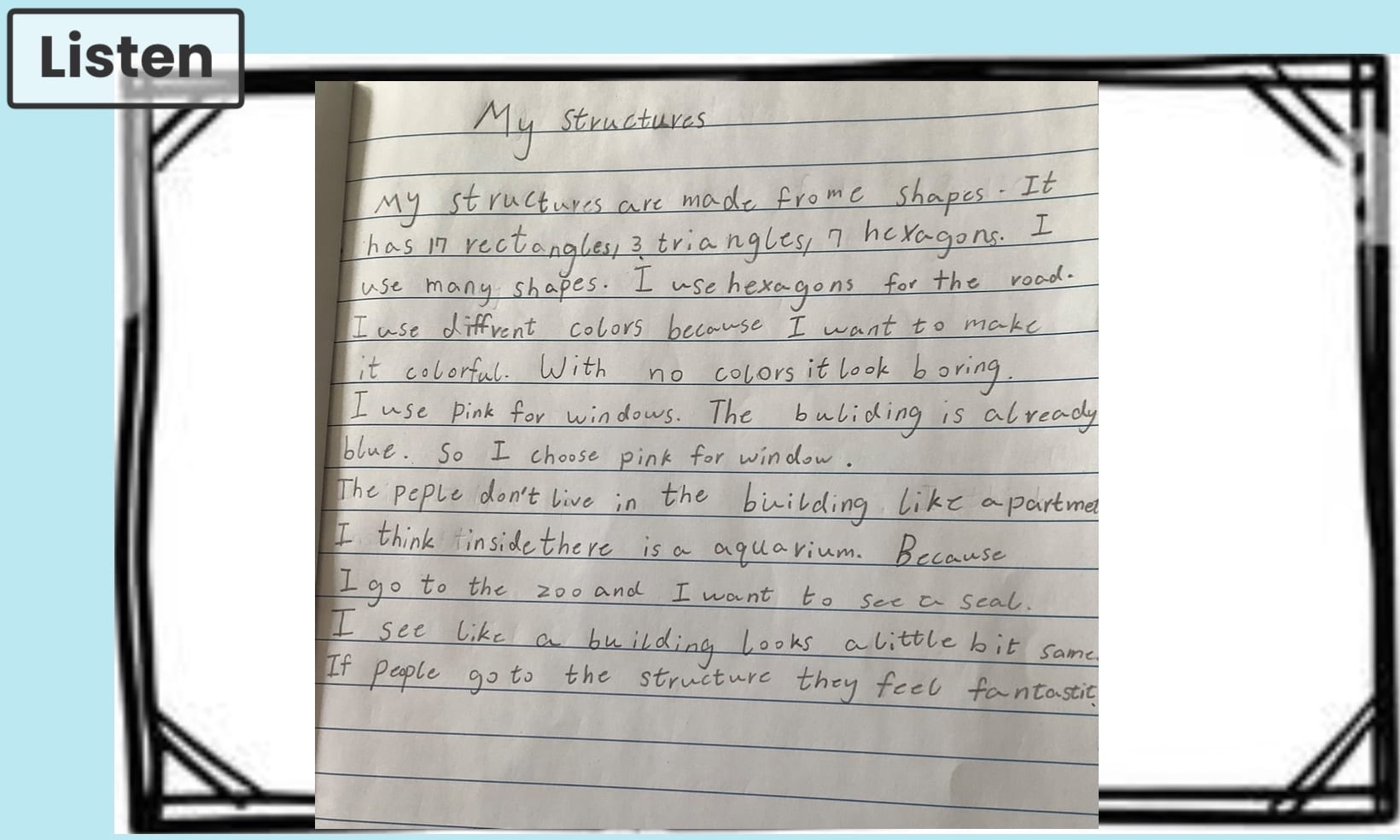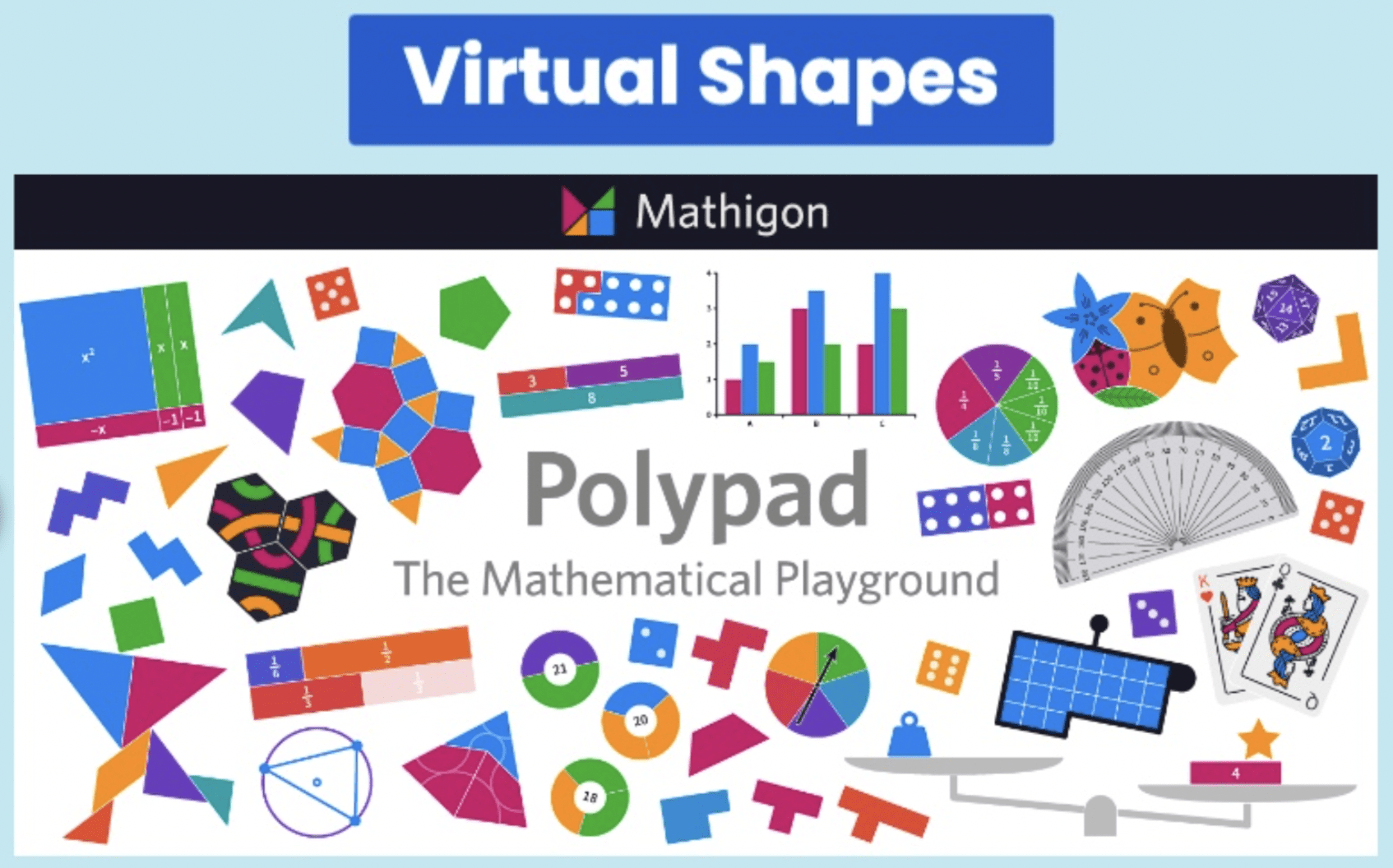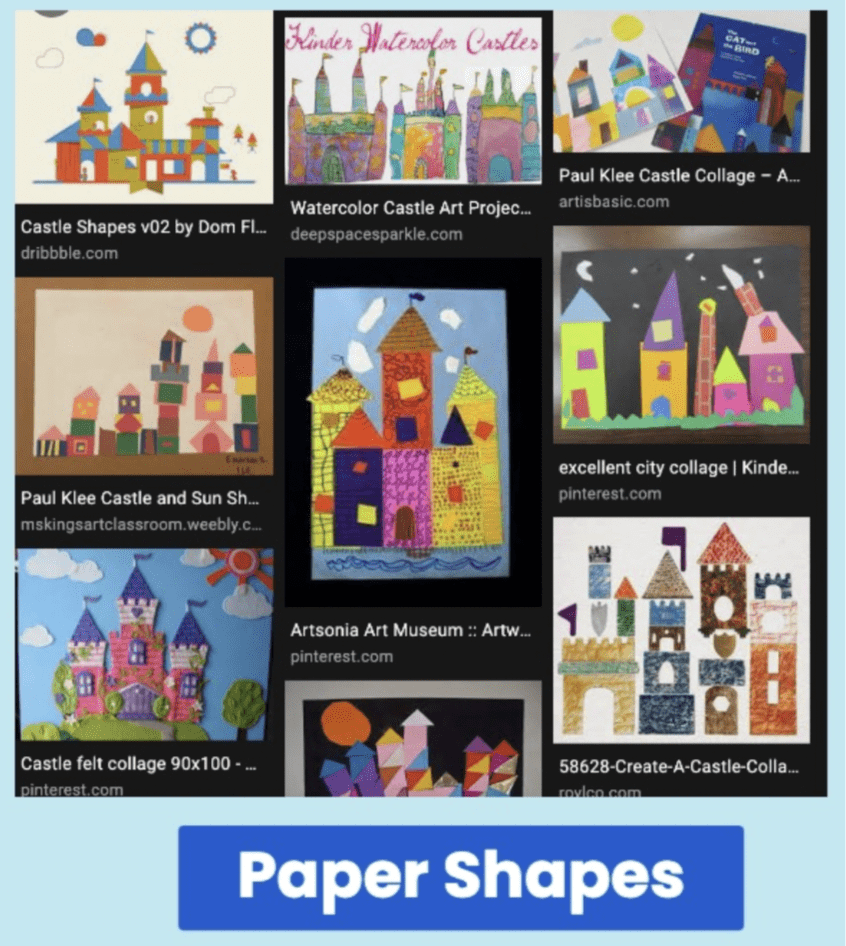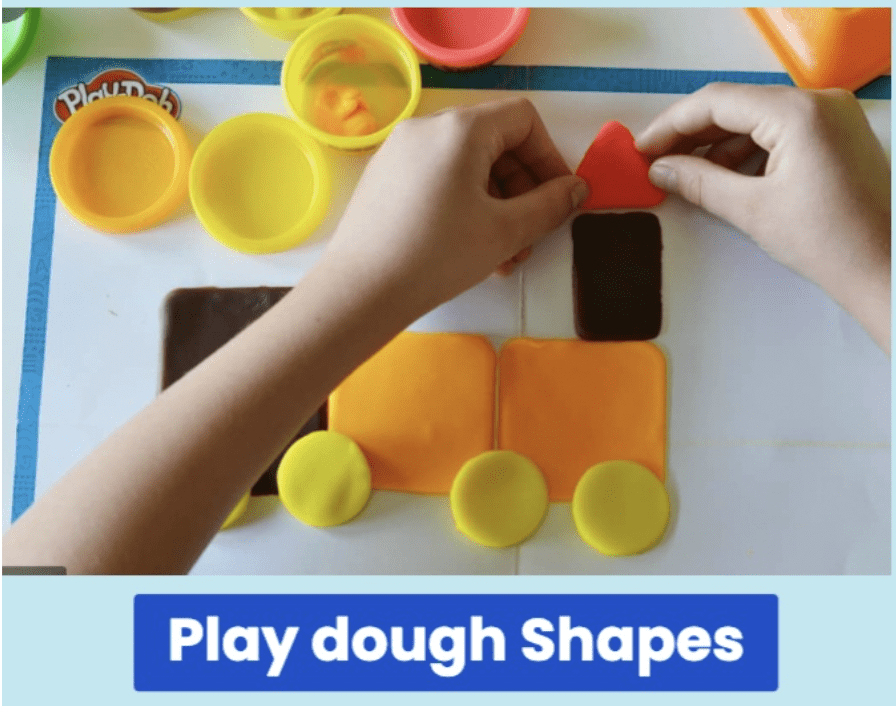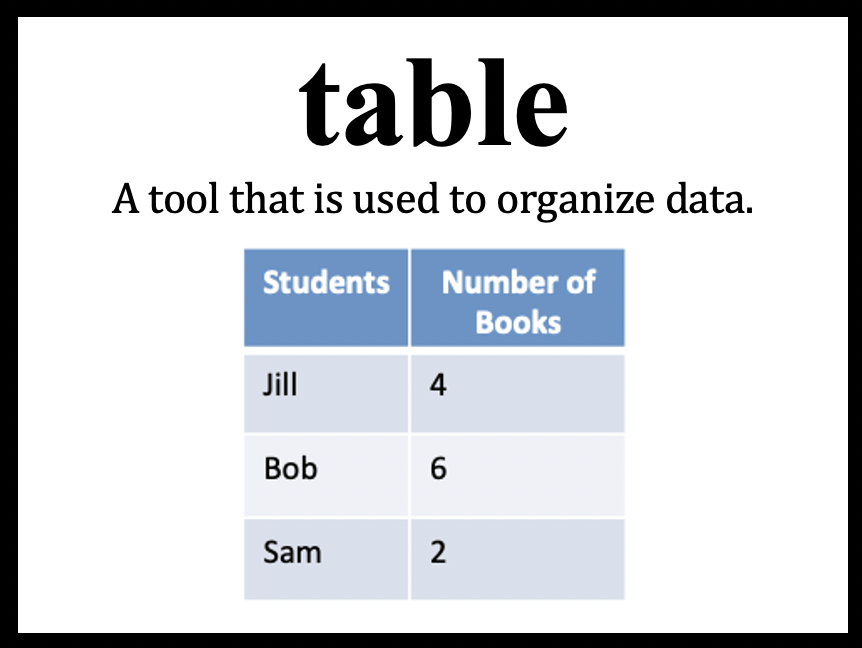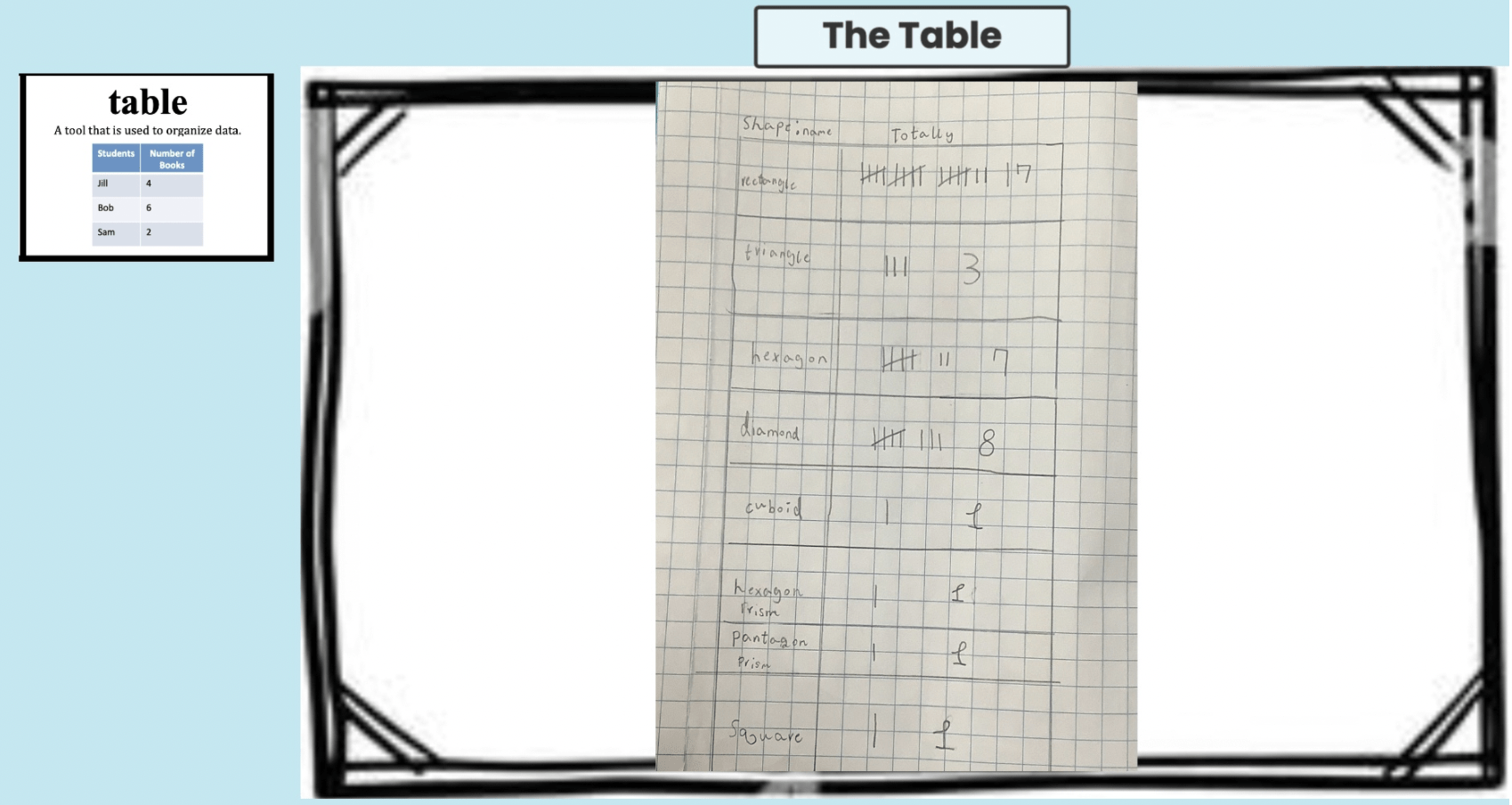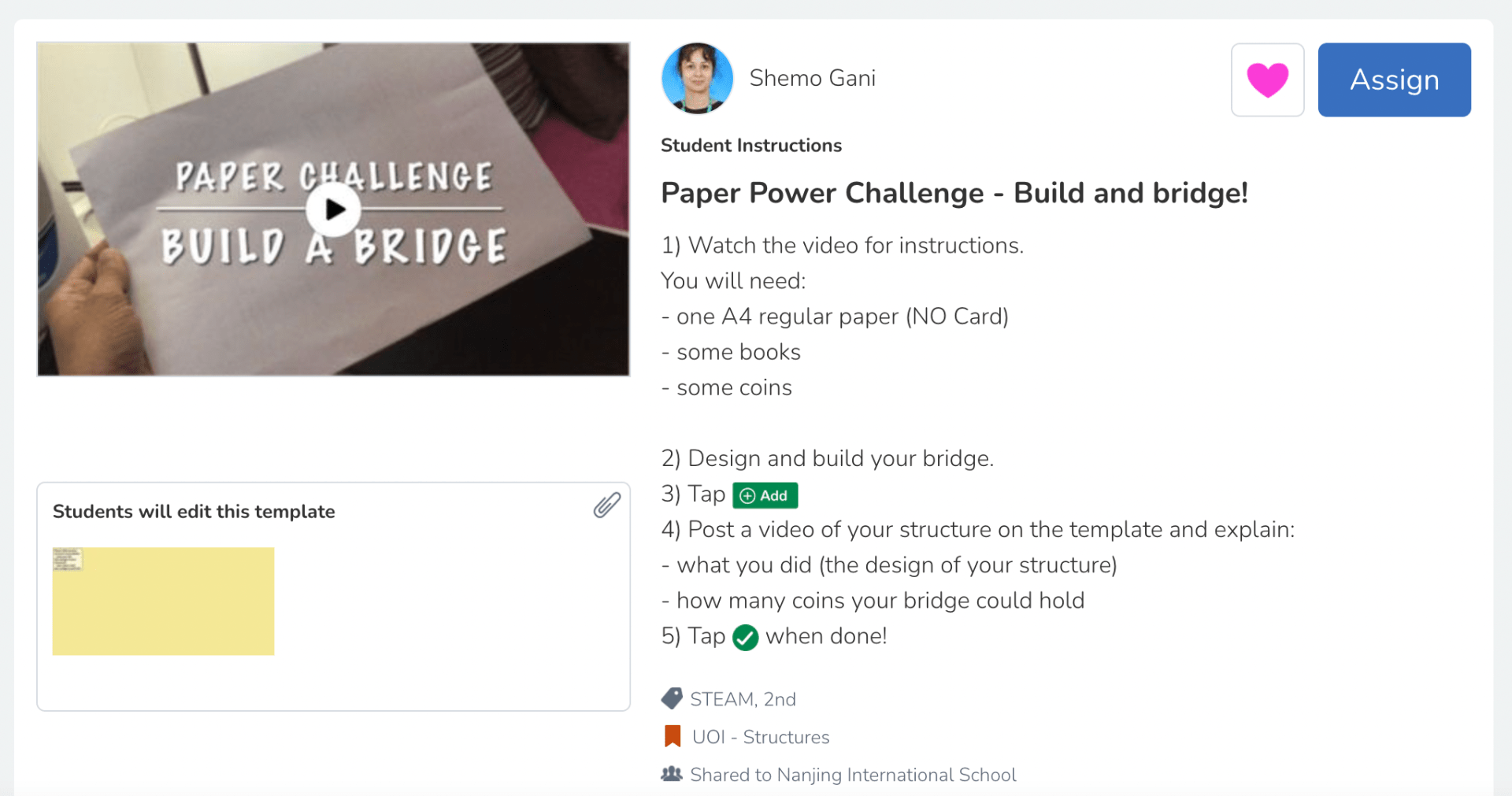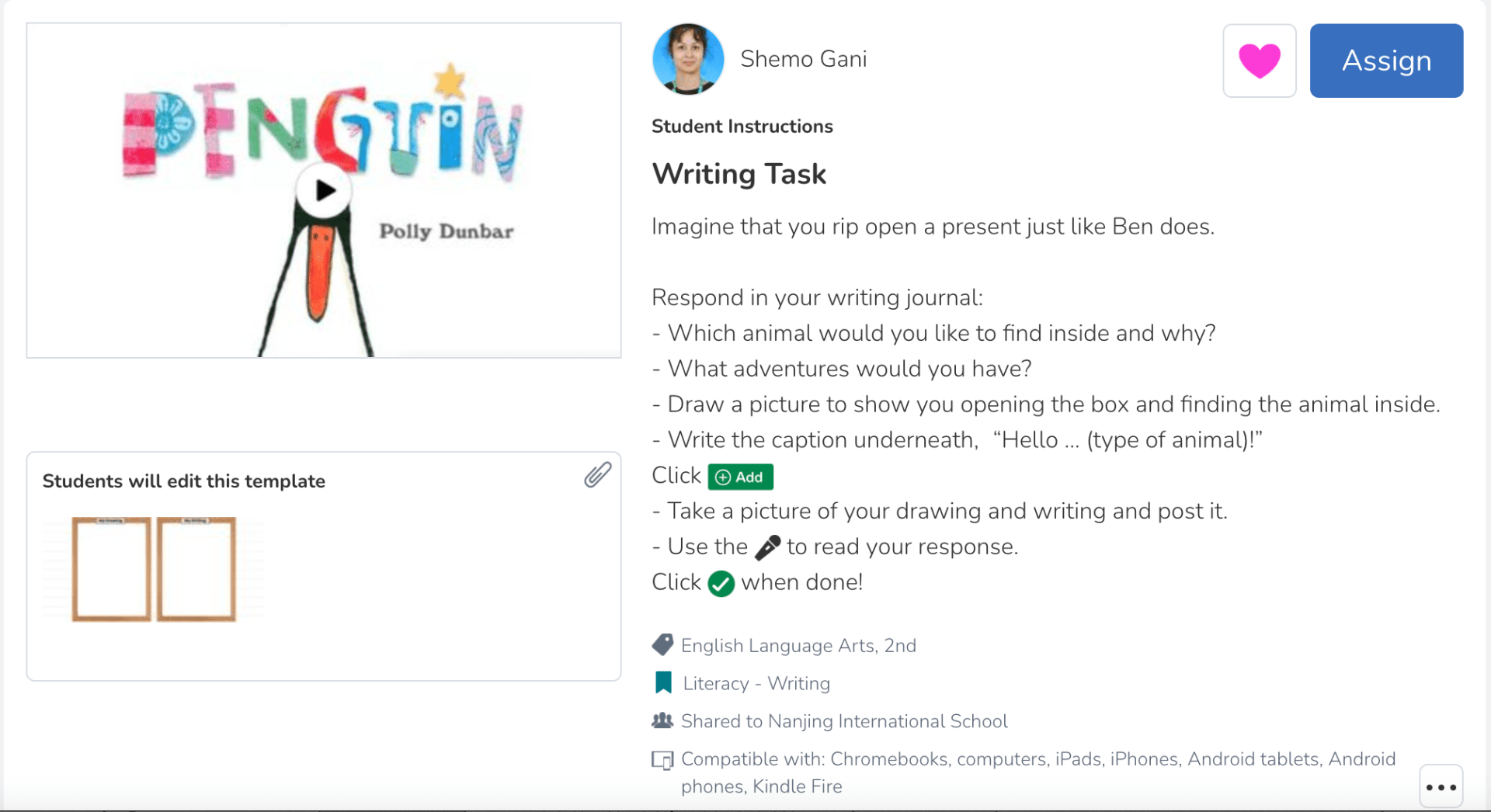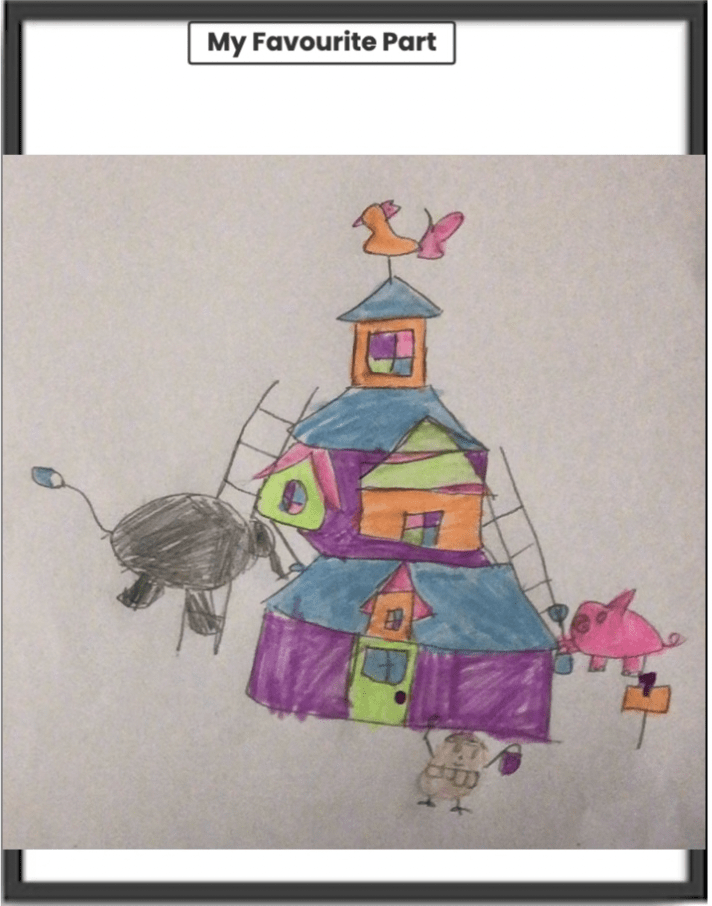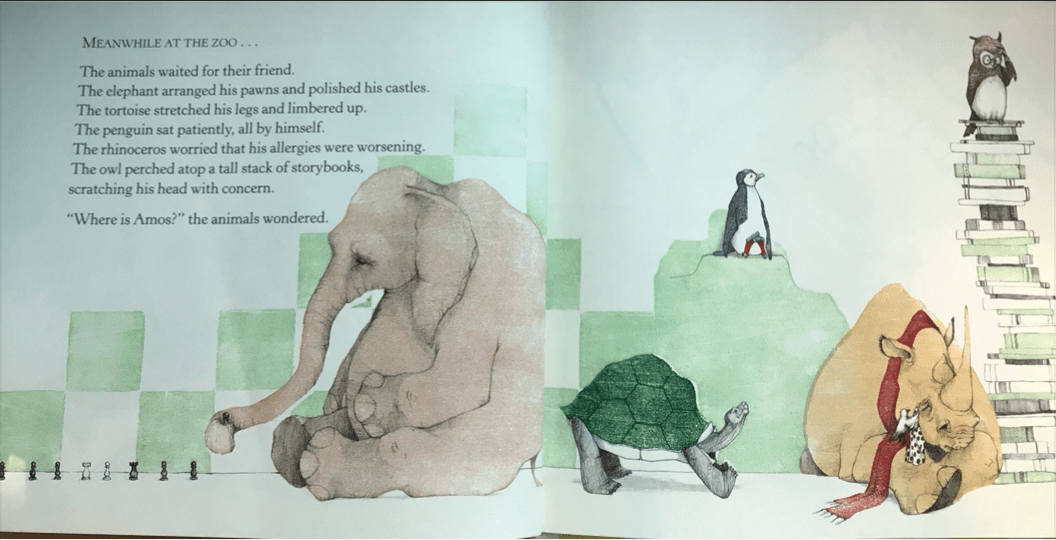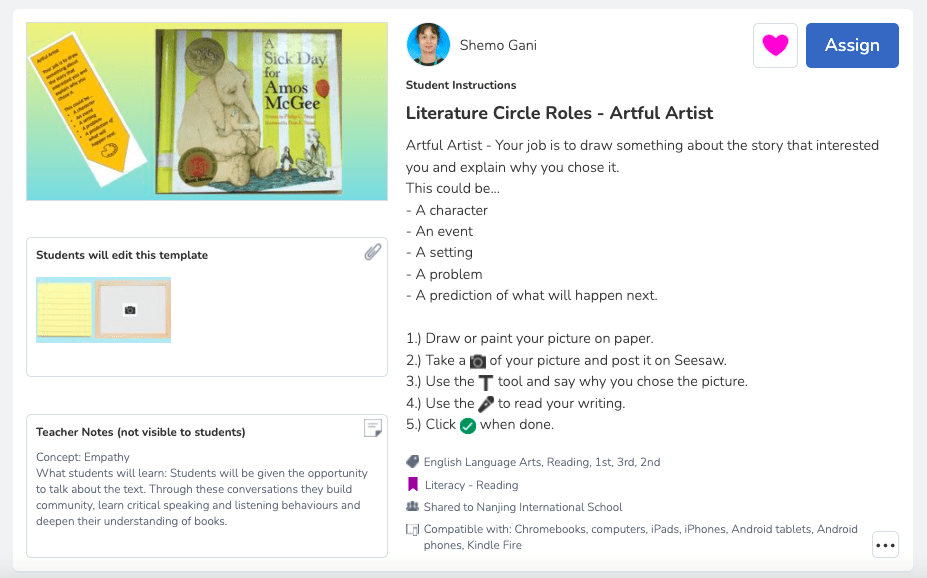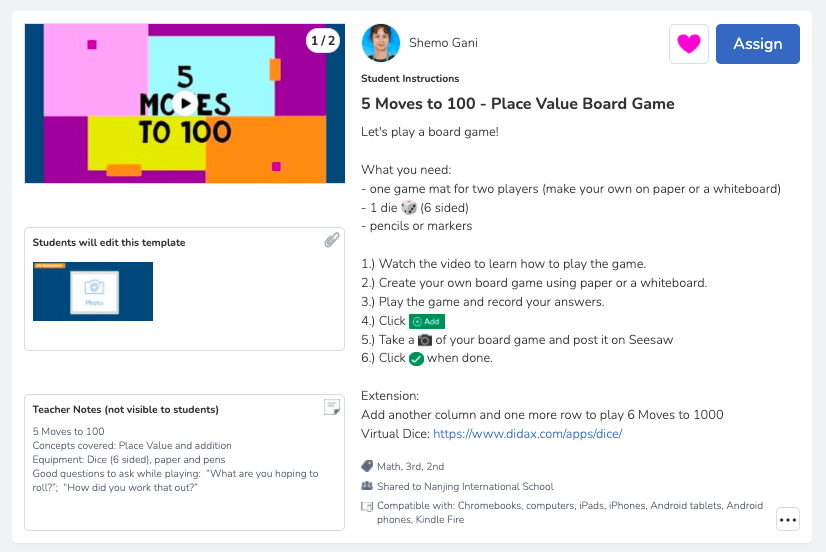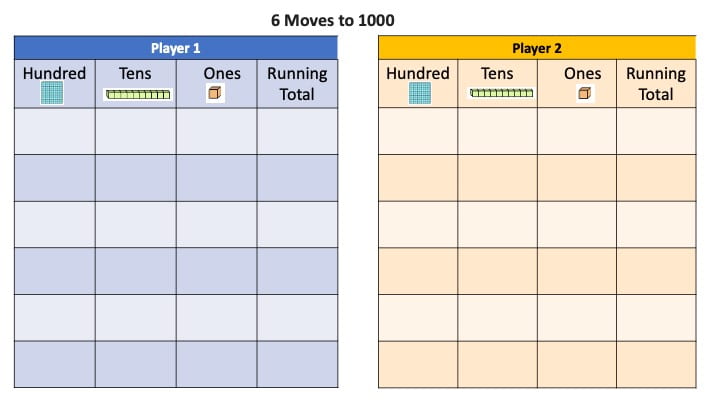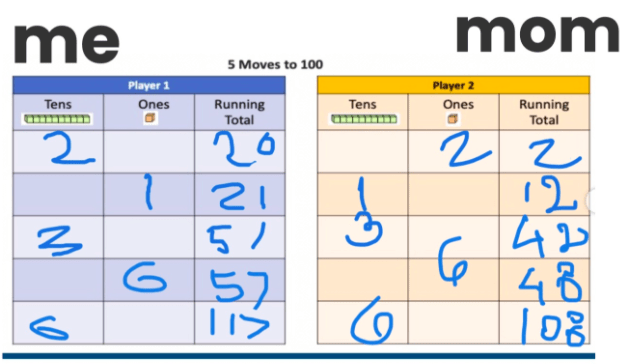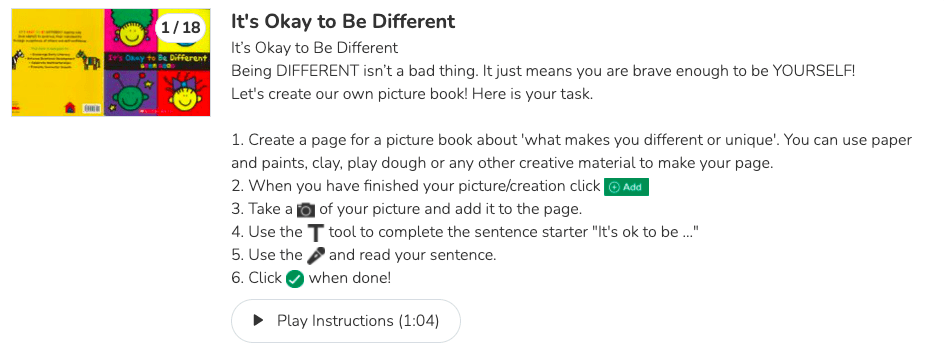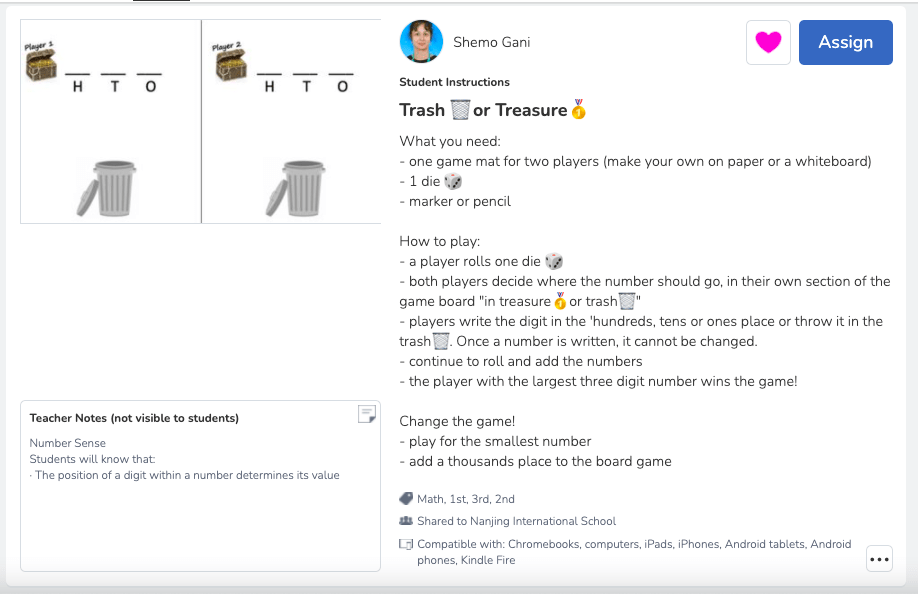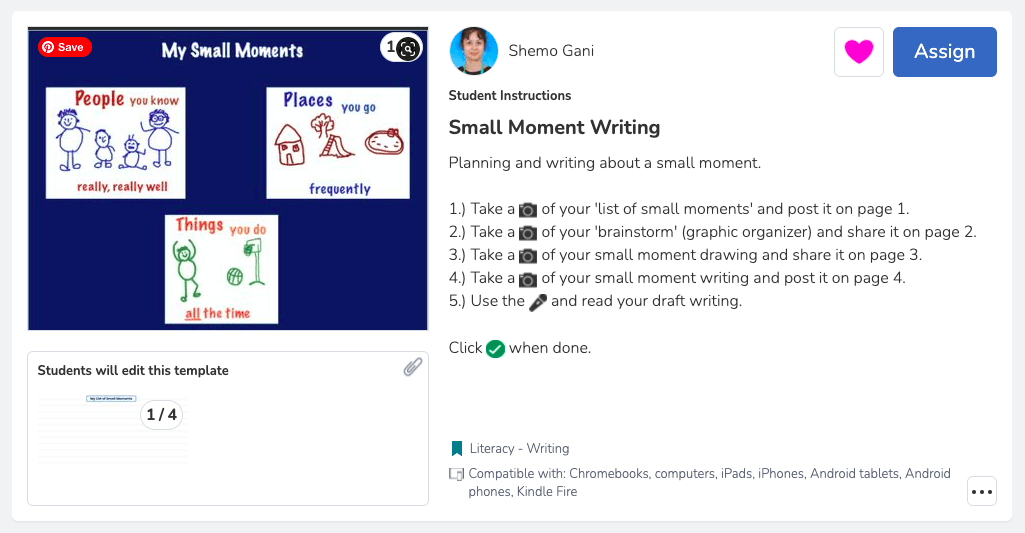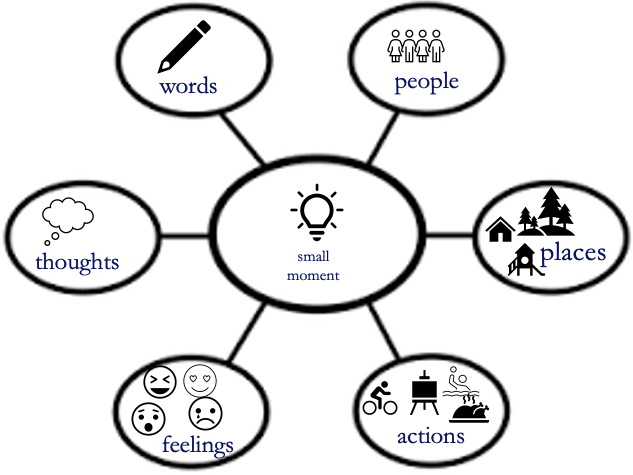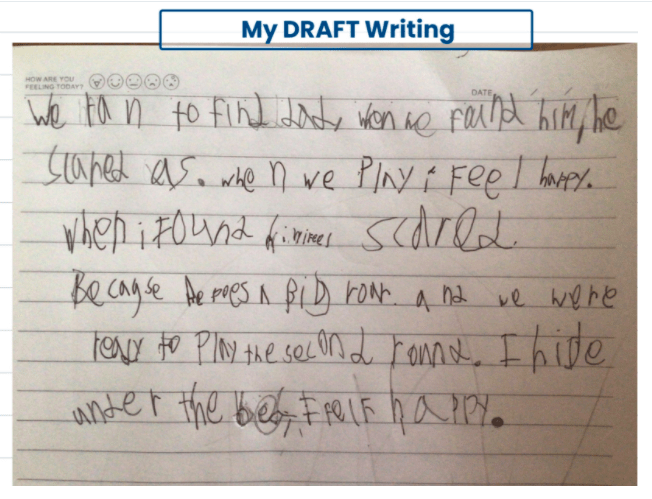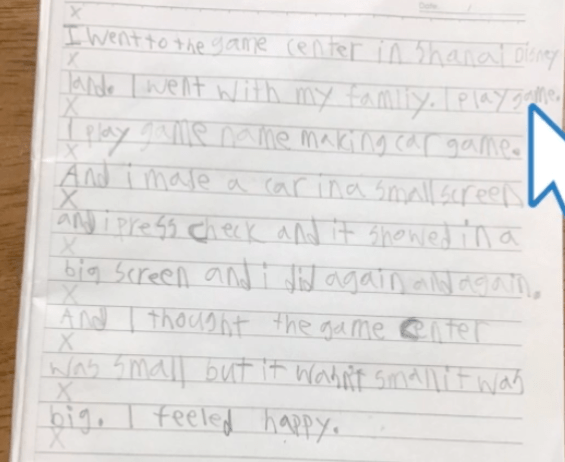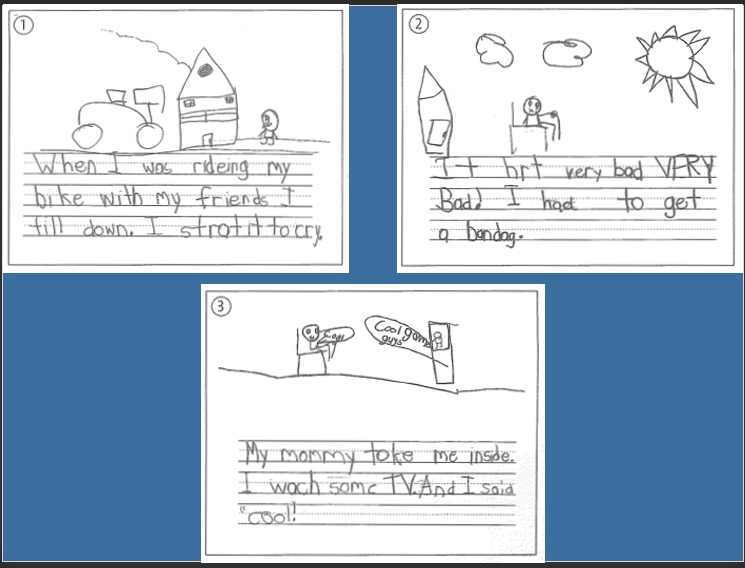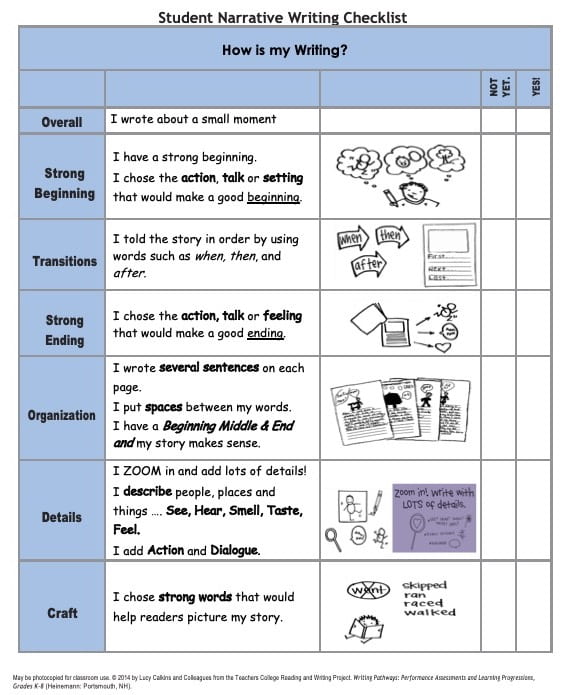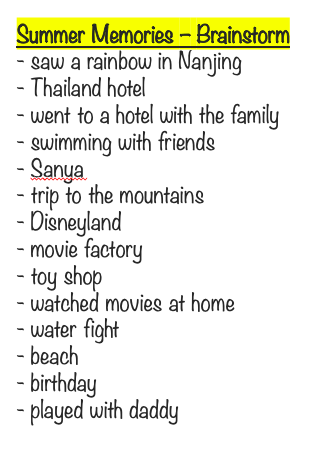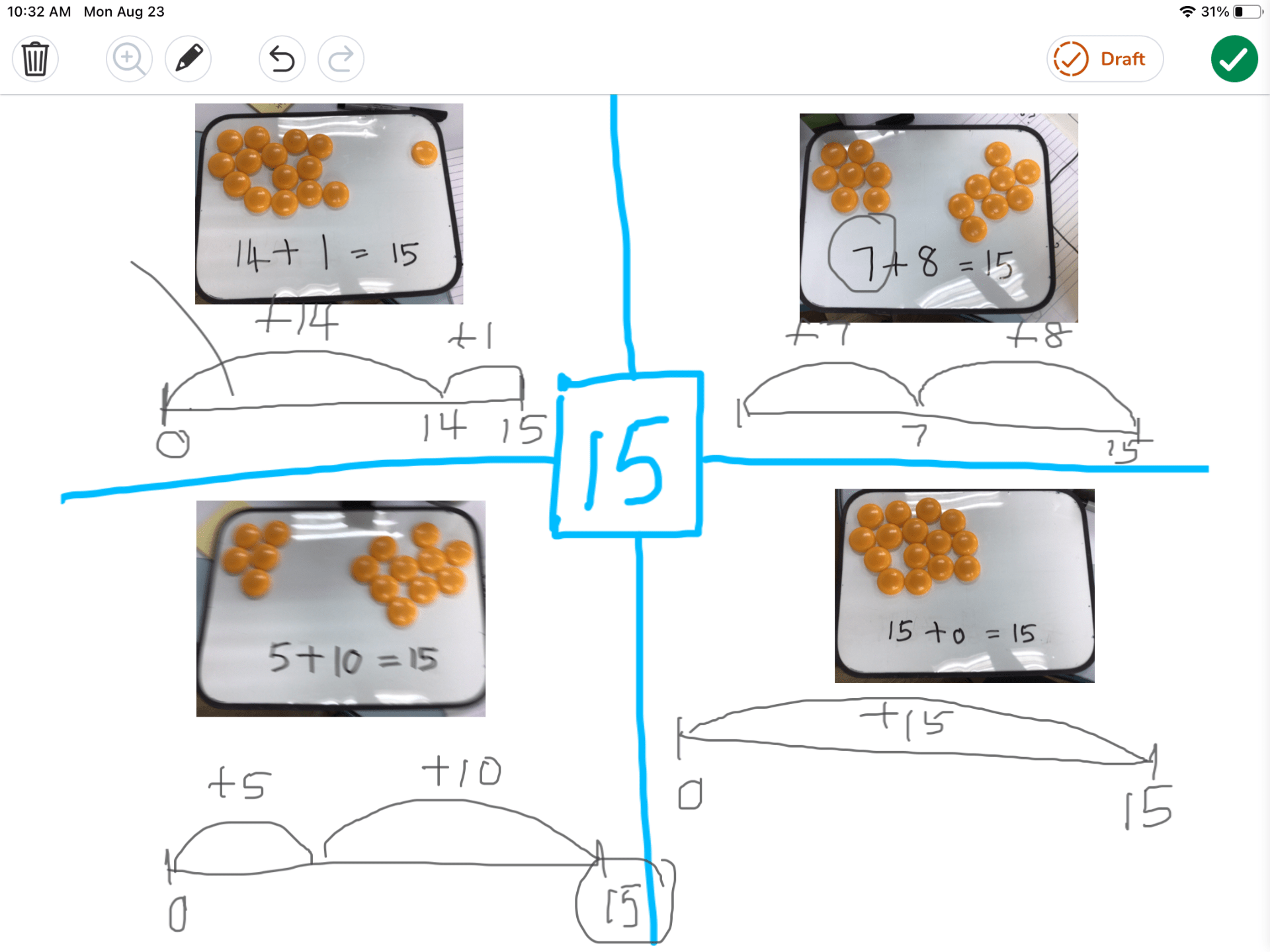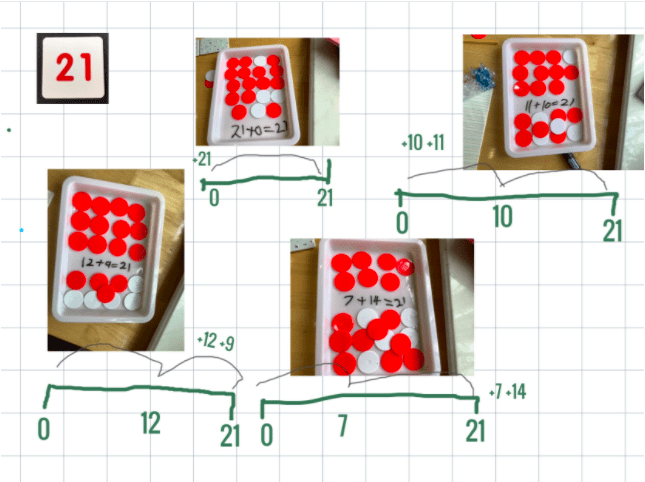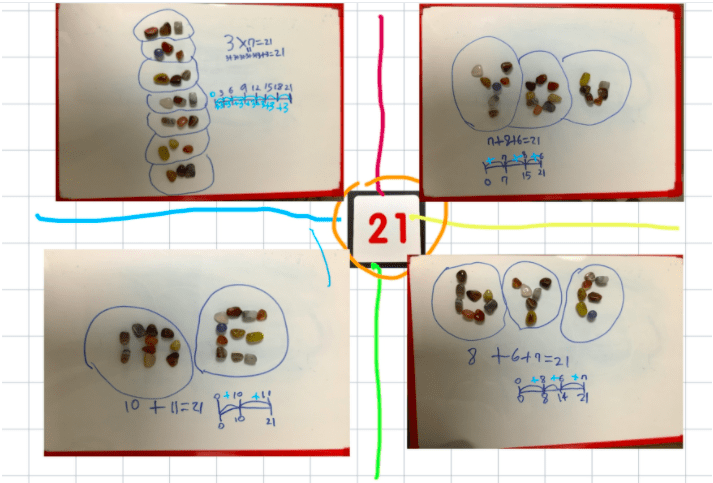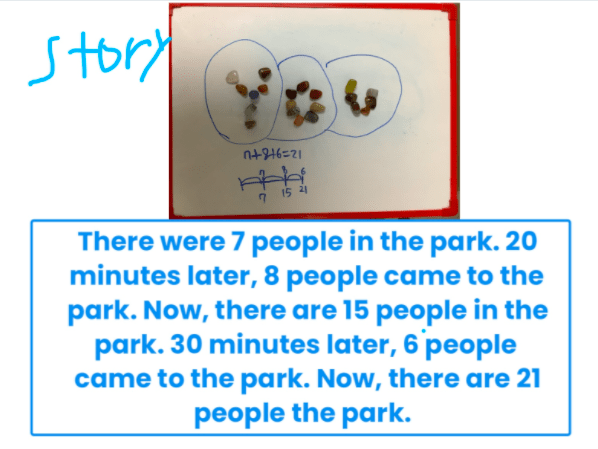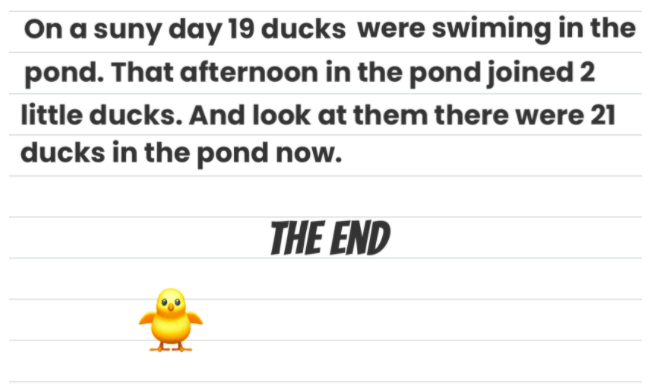We began the year at a distance, finding ways to come together, to learn and grow as a community. Every school year is unique, including many opportunities to take risks, be creative and grow as learners. This year was no different, beginning with planning and rolling out a distance learning programme. We began by unpacking and discussing the distance learning framework at NIS.
Distance Learning at NIS:
- is rooted in our Mission and Strategy
- is based upon our existing curriculum
- leverages existing blended learning platforms
- prioritizes relationships and communication
- remains adaptive to our situation and context
(NIS Distance Learning framework)
The goals of the program include creating opportunities for personalized learning experiences centered around the NIS curricular framework that allow students to learn independently and as a community. These experiences are aimed to nurture the dispositions and approaches to learning (ATL skills).
We began our online learning sessions by discussing agreements, and learning routines that will help us learn and work together. The students reflected on what a ‘quiet space’ for learning may look like, why this was important and how these agreements impact learning.

We created schedules for synchronous and asynchronous learning experiences, ensuring that students had opportunities to connect with each other and the teachers through regular scheduled sessions.

Schedules for synchronous and asynchronous learning.
During these sessions, the students were invited to collect resources and materials that they will need to complete activities. The students reflected on what a good space for learning might be and identified or created this space in their home.


The students introduced themselves to the class, sharing their favourite foods, sports, games, and other interesting details about themselves, through an activity.

Next, we paused to think how we felt about the week and documented these reflections through an activity.

The students ended the week by joining a whole class dance routine led by the teacher through a choice board!

We are excited to take our next steps together as a learning community. We look forward to the different learning experiences that will help us learn and grow individually and as a community.


